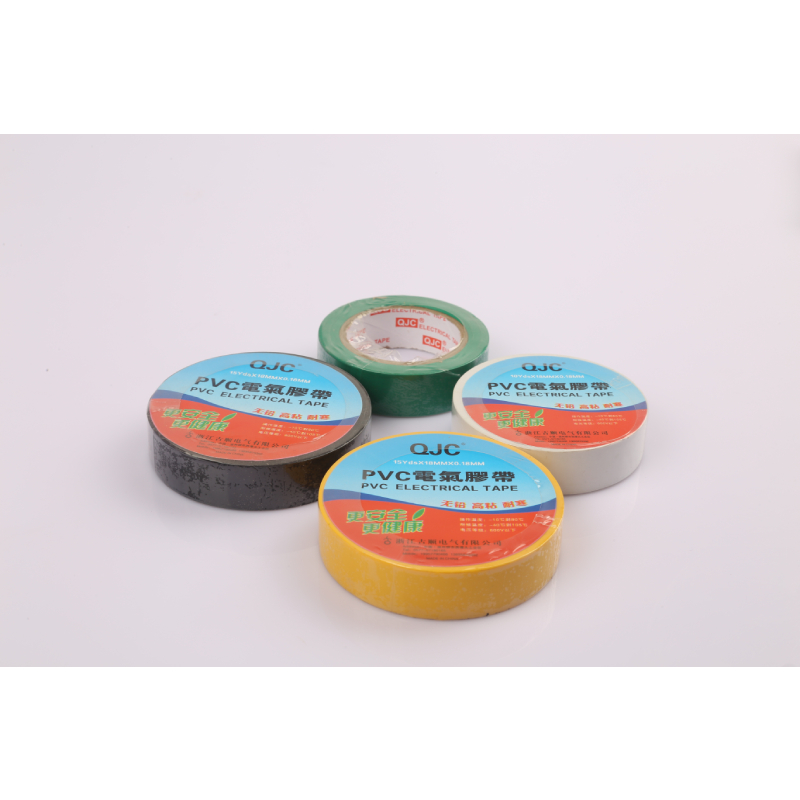Uses of Rubber Splicing Tape
Rubber splicing tape is an essential tool in various industries, known for its versatility and effectiveness in creating strong, durable electrical connections and repairs. This specialized tape is made from a resilient rubber material that offers excellent insulating properties and exceptional adhesion, making it ideal for a range of applications from electrical work to general repairs. Below, we explore the numerous uses of rubber splicing tape and why it is an indispensable component in both industrial and everyday settings.
Electrical Insulation
One of the primary uses of rubber splicing tape is to insulate electrical connections. The tape is designed to withstand high temperatures and moisture, making it suitable for outdoor and industrial applications. Electricians frequently use this tape to wrap exposed wires, ensuring that electrical connections are safely insulated against environmental factors. By applying rubber splicing tape, the risk of short circuits and electrical failures is significantly reduced, providing peace of mind for both professional technicians and DIY enthusiasts.
Splicing Wires
Rubber splicing tape is particularly valuable for splicing wires together. In cases where electrical wires need to be connected or repaired, the splicing tape provides a reliable, flexible solution. Unlike traditional electrical tape, splicing tape adheres directly to itself rather than to the wire, allowing for a smooth, seamless finish. This characteristic proves advantageous as it accommodates different wire gauges and configurations without compromising the integrity of the splice. Additionally, the tape ensures that the spliced area remains protected from moisture and contaminants, extending the lifespan of the electrical connection.
Cable Bundling
Beyond splicing and insulation, rubber splicing tape is an excellent choice for bundling cables together. In settings where multiple cables are running alongside each other—such as in power plants, communication networks, or home entertainment systems—using rubber splicing tape can help organize these cables neatly. This not only reduces clutter but also minimizes the risk of cable damage due to friction or tension. By securing bundles of cables with rubber splicing tape, technicians can also facilitate easier maintenance and troubleshooting while ensuring that the cables maintain their intended path and alignment.
rubber splicing tape uses

Automotive Applications
In the automotive industry, rubber splicing tape finds extensive use. Mechanics and automotive technicians often utilize this tape for wiring repairs, sealing connections, and providing insulation for electrical components. The tape’s resistance to oil, gases, and moisture makes it particularly valuable in environments where automotive parts are exposed to harsh conditions. Whether it is repairing wiring in the dashboard or insulating connections in the engine, rubber splicing tape can withstand temperature fluctuations and provide reliable protection.
Plumbing Applications
Interestingly, rubber splicing tape is not just limited to electrical applications; it is also used in plumbing. The tape can serve as a temporary seal for small leaks in hoses and pipes, thereby preventing water damage until a permanent fix can be implemented. Its stretchy, flexible nature allows it to conform to various shapes, ensuring that the seal is effective and durable. This characteristic is particularly useful for repairs that require immediate attention, as the tape can be applied quickly and holds up well against water pressure.
General Repairs
Beyond specialized applications, rubber splicing tape is also a handy tool for general repairs around the home or workplace. From fixing torn objects to patching up equipment, this tape can help extend the life of items that might otherwise need replacement. Its versatility enables it to be used on a wide range of materials, including rubber, plastic, and metal. The strong adhesion allows users to create temporary fixes that can be relied upon until more significant repairs can be made.
Conclusion
Rubber splicing tape is an invaluable resource across multiple industries and day-to-day scenarios. With its ability to insulate, splice, bundle, and secure a wide range of materials and connections, it serves numerous practical applications. Its unique properties, such as moisture resistance, flexibility, and strong adhesion, make it a preferred choice for professionals and DIY enthusiasts alike. Whether in electrical work, automotive repairs, plumbing applications, or general repairs, rubber splicing tape proves that a simple tool can have a significant impact on efficiency and safety.
-
XIANGFAN Rubber Tape-Ultimate Solutions for All Your Insulation NeedsNewsJun.24,2025
-
XIANGFAN Rubber Tape-Protection for Industrial and Residential ApplicationsNewsJun.24,2025
-
XIANGFAN Rubber Tape: Superior Safety and Sealing for Demanding EnvironmentsNewsJun.24,2025
-
XIANGFAN Rubber Tape: Reliable Solutions for Every Electrical ChallengeNewsJun.24,2025
-
XIANGFAN Electrical & Industrial Tape: Powering Reliability Across IndustriesNewsJun.24,2025
-
XIANGFAN Electrical & Industrial Tape: Excellence in Every ApplicationNewsJun.24,2025
